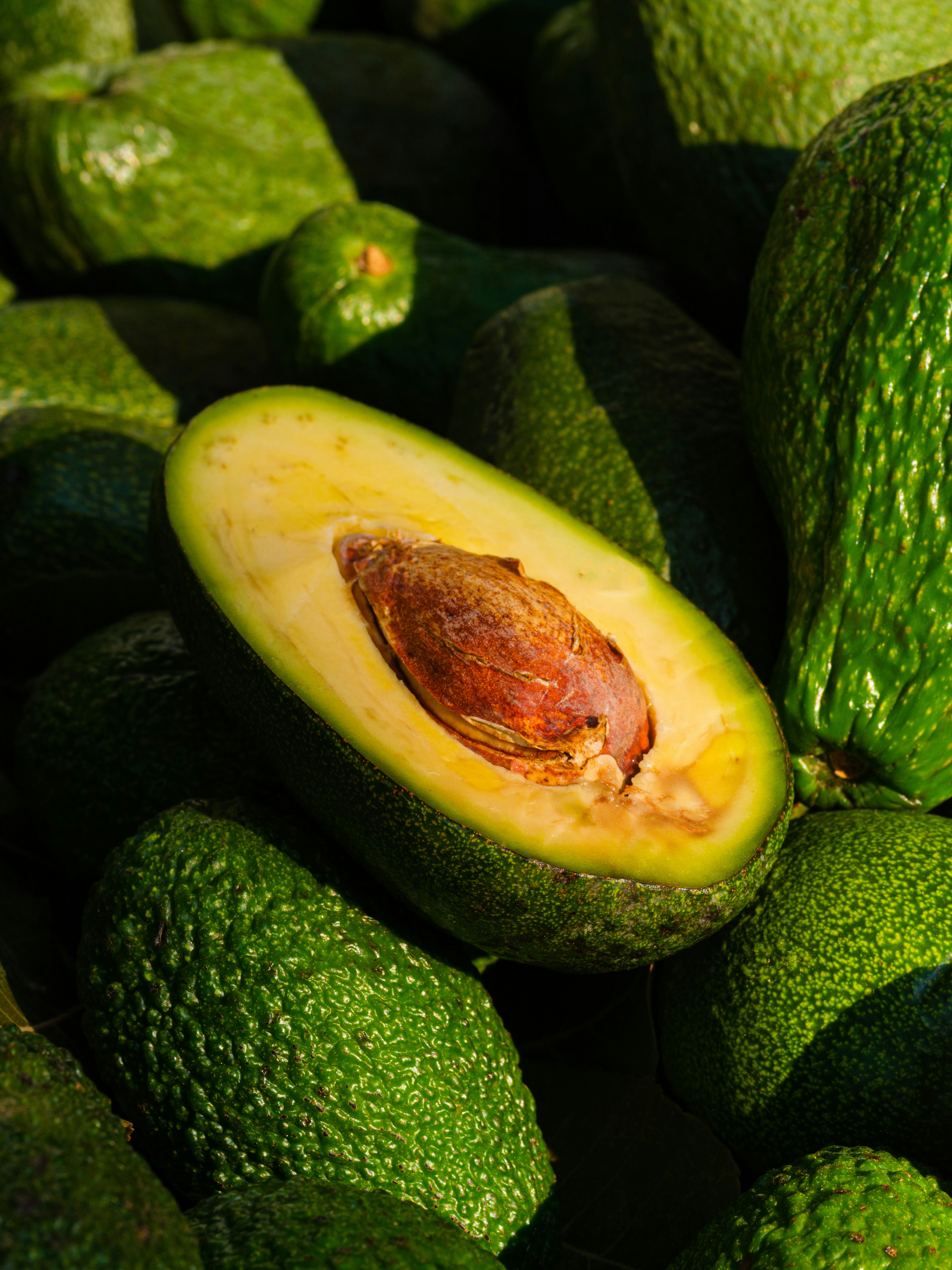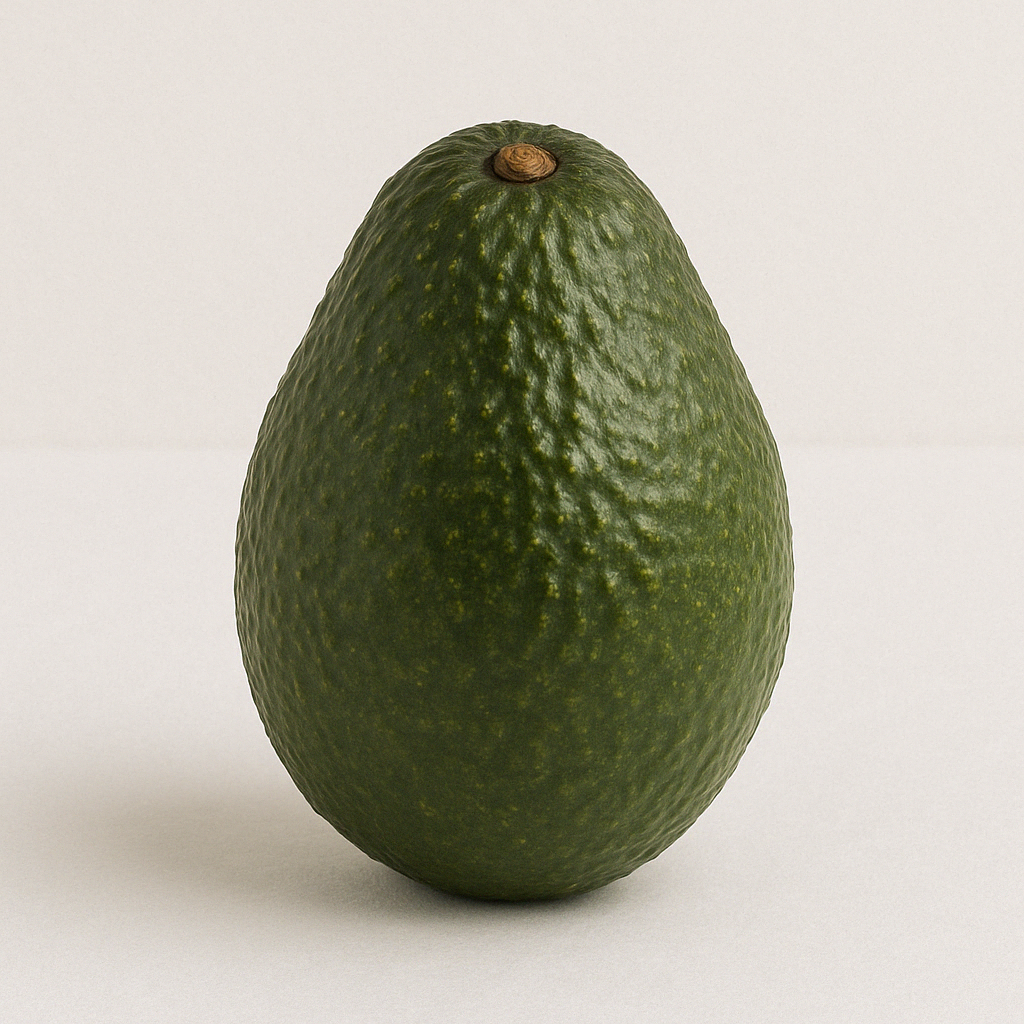About this market
About
History
Avocados have been grown in Colombia for generations, with indigenous communities cultivating local varieties long before commercial production. The introduction of commercial avocado farming occurred in the early 2000s, following increased global demand for Hass avocados. Government support, including incentives for farmers and investment in infrastructure, has played a significant role in expanding exports. By 2010, Colombia had gained international recognition as a reliable avocado supplier, securing access to markets in Europe and North America.
Production Region
Colombia’s avocado production is concentrated in regions with high-altitude conditions that provide optimal growing environments. Key regions include:
- Antioquia: The largest producing region, known for its well-established avocado farms and export-quality production.
- Tolima: A rapidly growing avocado-producing area, benefiting from ideal microclimates and investment in modern farming techniques.
- Risaralda & Caldas: These central regions have smaller but high-quality avocado farms, often supplying both domestic and export markets.
Growing Conditions
Avocado cultivation in Colombia thrives under specific environmental conditions:
- Climate: Subtropical to tropical conditions, with altitudes ranging from 1,200 to 2,400 meters above sea level.
- Temperature: Ideal growth occurs between 16-24°C.
- Rainfall: Well-distributed annual rainfall of 1,200-2,000 mm, though some farms use supplemental irrigation.
- Soil: Well-draining, sandy loam or clay loam soil with a pH between 5.5 and 7.0.
Harvesting Process
Avocados are harvested manually to prevent damage and ensure quality. The process involves:
- Maturity Indicators: Checking for oil content and skin texture to determine readiness.
- Hand Picking: Using pruning shears or hand clippers to avoid bruising.
- Post-Harvest Handling: Fruits are sorted, graded, washed, and packed in temperature-controlled environments to maintain freshness.
Cultivation Method
Colombian avocado farms use a mix of traditional and modern cultivation techniques:
- Rain-fed farming: Many farms rely on natural rainfall, with supplemental irrigation in drier areas.
- Drip irrigation: Used in regions with limited rainfall to ensure consistent water supply and high yields.
- Integrated Pest Management (IPM): Farmers implement IPM strategies to reduce pesticide use and maintain sustainable farming practices.
- Sustainability certifications: Many producers follow GlobalG.A.P. and Rainforest Alliance guidelines to access premium international markets.
Supply Chain
The Colombian avocado supply chain includes both large exporters and small-to-medium-sized farms:
- Large Companies: Major exporters handle bulk production and distribution.
- Small Farmers: Cooperatives and associations help small growers access international markets.
Local Logistics
Transportation within Colombia relies on:
- Road Networks: Avocados are transported from farms to packing houses and ports.
- Cold Chain Logistics: Refrigerated trucks ensure optimal temperature and humidity during transit.
- Ports and Airports: Export hubs include Buenaventura and Cartagena for seaborne shipments, and Bogotá for air freight.
Regulations and Certifications
Colombia follows stringent agricultural standards for exports:
- GlobalG.A.P., Rainforest Alliance, and USDA Organic: Ensuring sustainability and compliance with international food safety.
- Phytosanitary Requirements: Adherence to strict protocols for pest control and disease prevention.
Quality Standards
Avocados are graded based on:
- Size and Weight: Standardized grading for export.
- Texture and Oil Content: Indicators of ripeness and quality.
- External Appearance: Must be free of blemishes and mechanical damage.
Trade Terms
- Minimum Order Quantity (MOQ): Typically 20-22 metric tons per container.
- Incoterms: FOB (Free on Board), CIF (Cost, Insurance, and Freight), and EXW (Ex Works).
- Payment Methods: Bank transfers, letters of credit, and advance payments for international transactions.
Environmental and Social Impacts
Avocado farming in Colombia faces environmental and social challenges:
- Deforestation Concerns: Expansion of farmland impacting natural forests.
- Water Usage: Efficient irrigation systems required to mitigate water shortages.
- Fair Trade Initiatives: Programs promoting ethical labor practices and farmer welfare.
Uses
Colombian avocados are utilized in multiple ways:
- Fresh Consumption: Sliced in salads, sandwiches, and as a side dish.
- Processed Products: Used in guacamole, avocado oil, and cosmetic products.
- Food Industry: Incorporated into dairy and beverage applications.
Harvesting seasonality
Varieties
Hass
The dominant variety for exports, known for its creamy texture, high oil content, and long shelf life.
Fuerte
A hybrid variety with smooth, green skin and a slightly nutty flavor; primarily consumed domestically.
Criollo
A native variety that is less common in commercial production but valued in local markets for its rich flavor and large size.
Production of 신선 아보카도 in 콜롬비아
Production overview
Production trend chart of 콜롬비아 신선 아보카도
Export of 신선 아보카도 from 콜롬비아
Export overview
Export trend
Export transactions from 2024
Major exporters of 콜롬비아 신선 아보카도 in 2024





Major importers of 콜롬비아 신선 아보카도 in 2024





Historical export price trends
Verified suppliers
/132x132/company-logo/9b/c2/64/9bc26403c565e22d41784d28c739491da65b15c5/Logo_FoodsMas_400x400_2.png)
/132x132/company-logo/af/df/c5/afdfc5a8fd1e037b78fe7bac4e2f98082da8daef/Logo_Avocados_Planet_Colombia.jpg)










